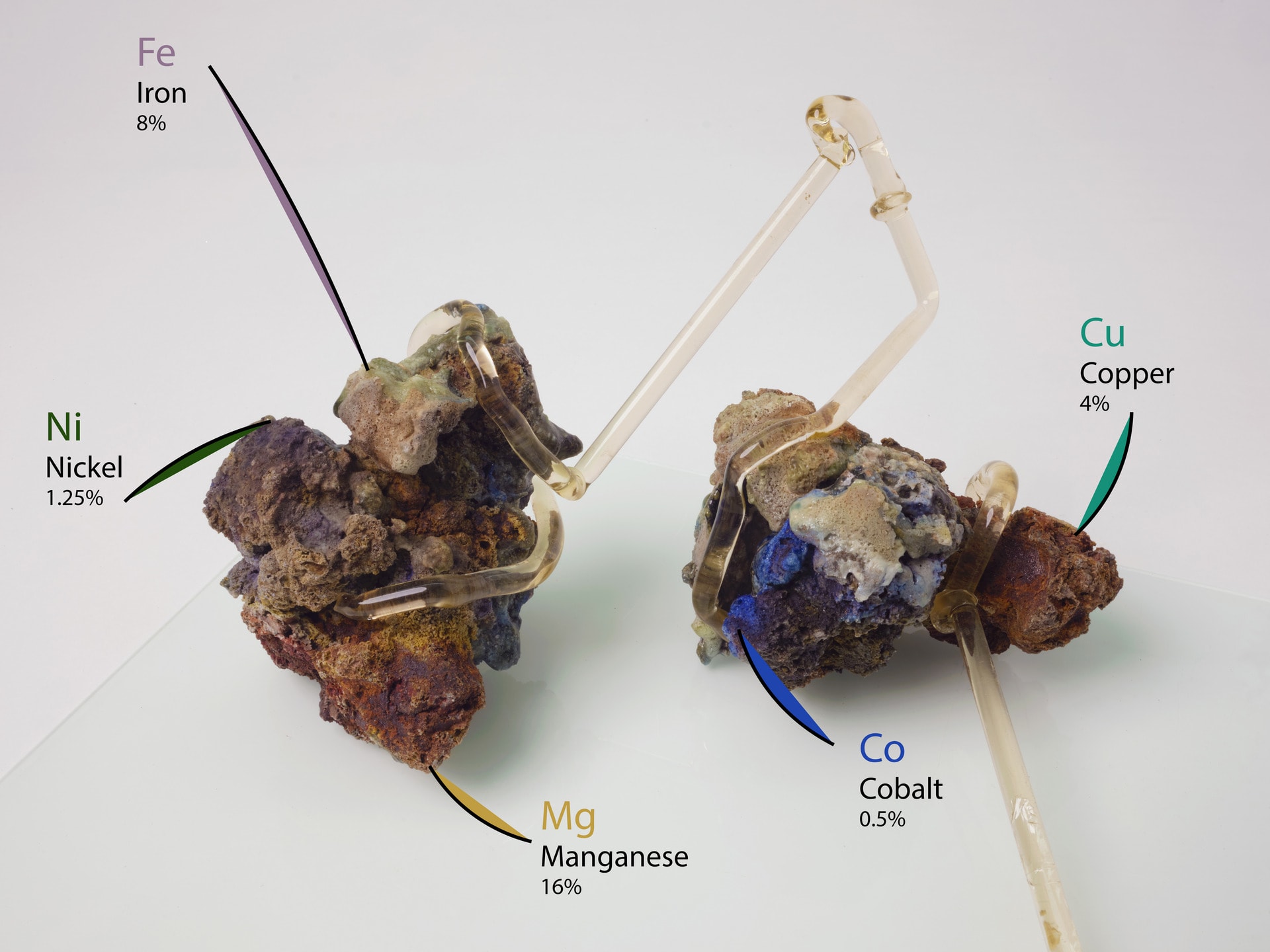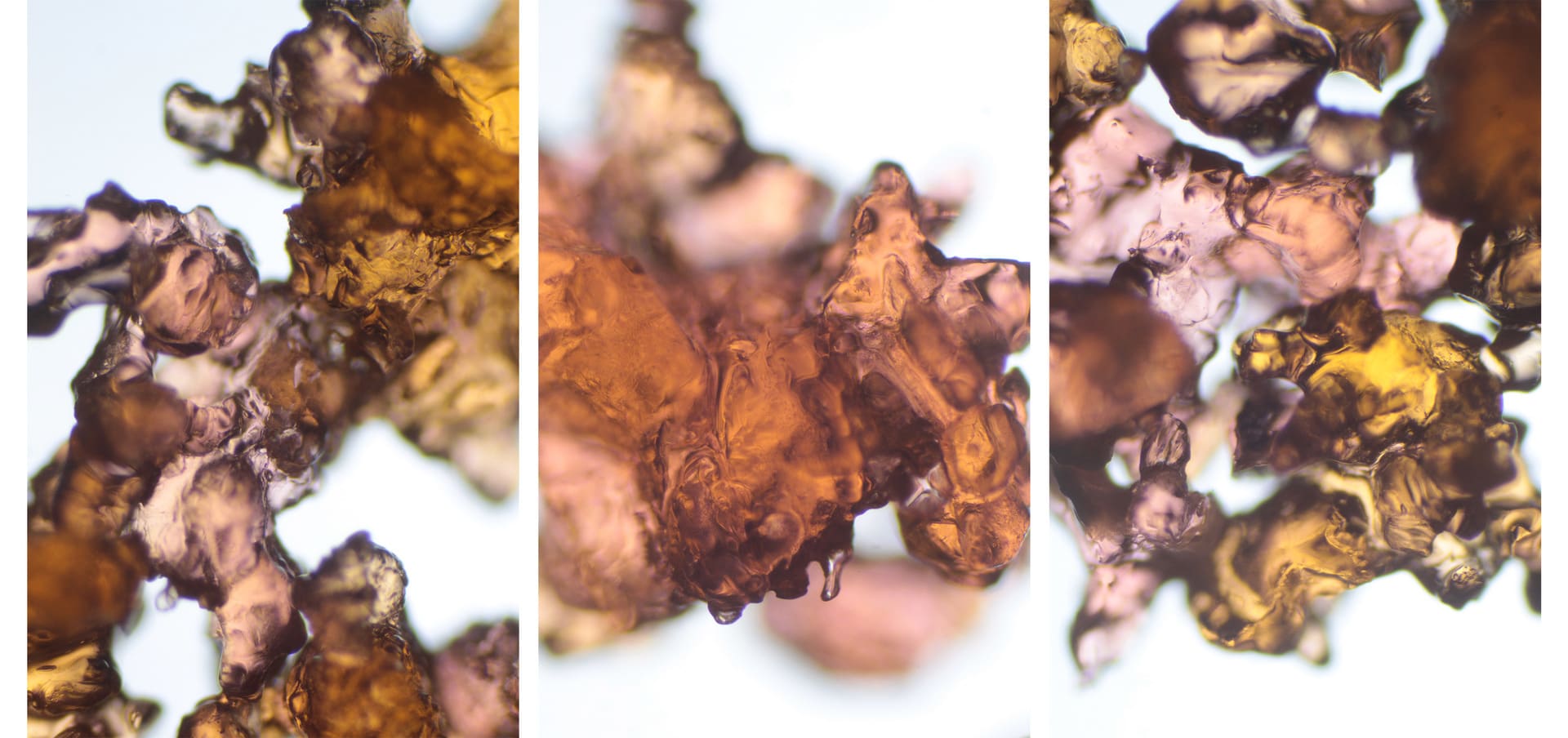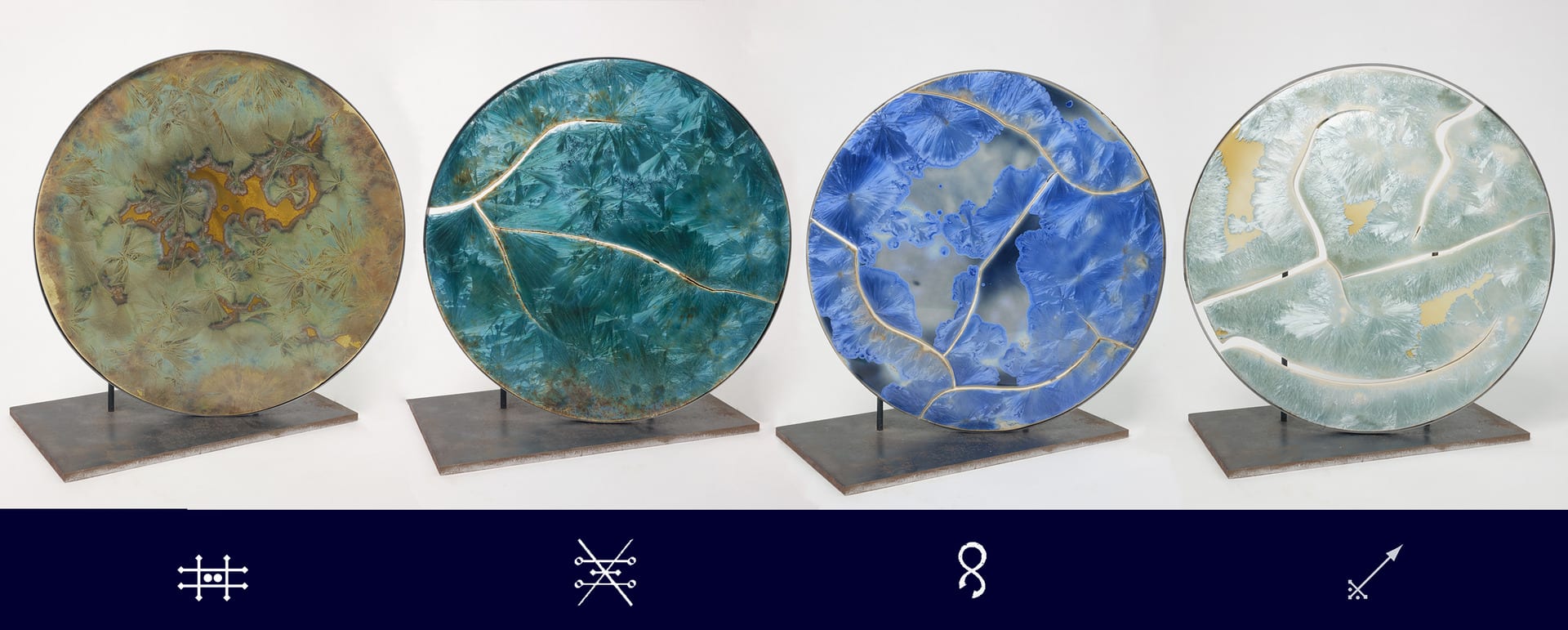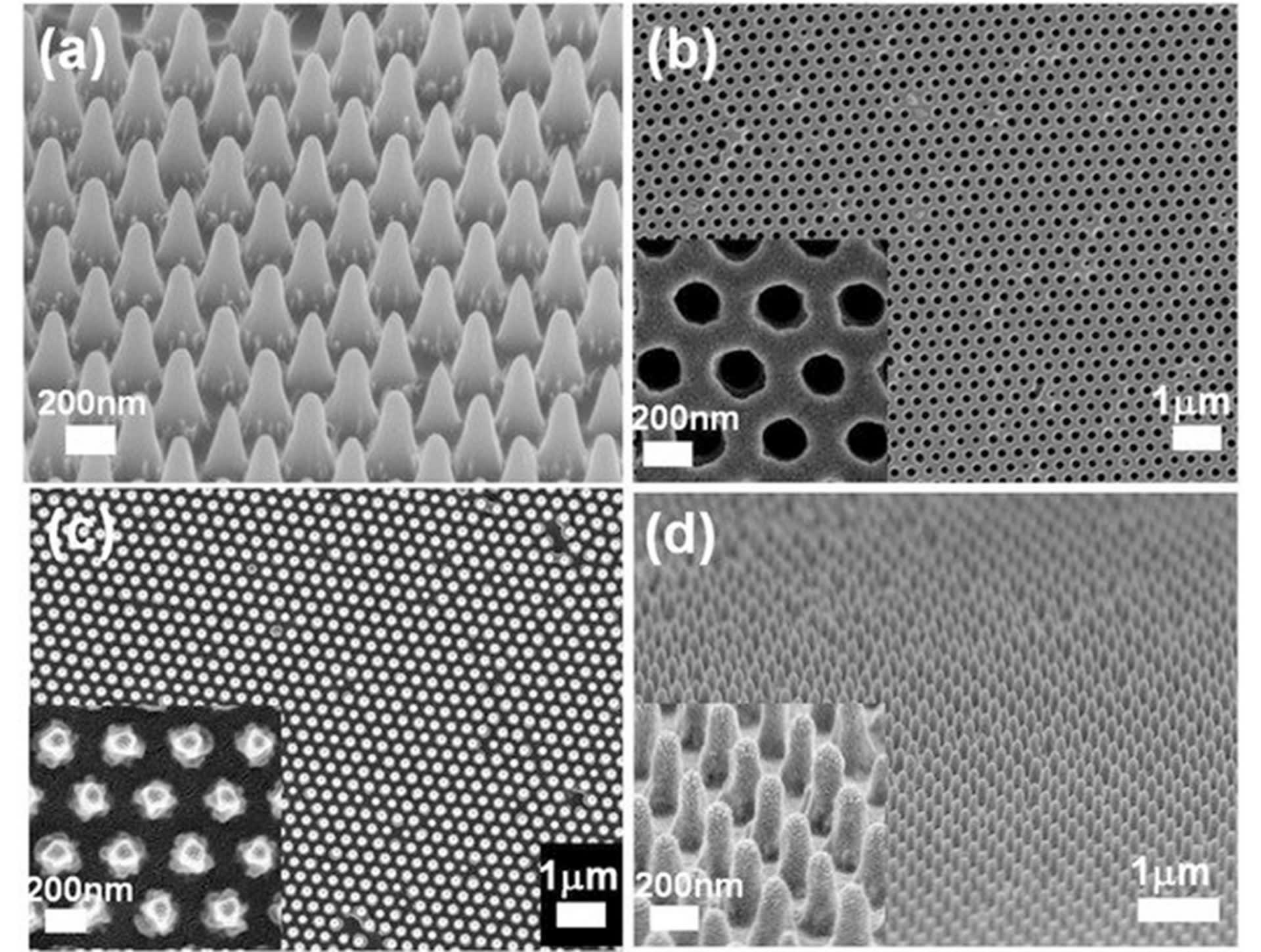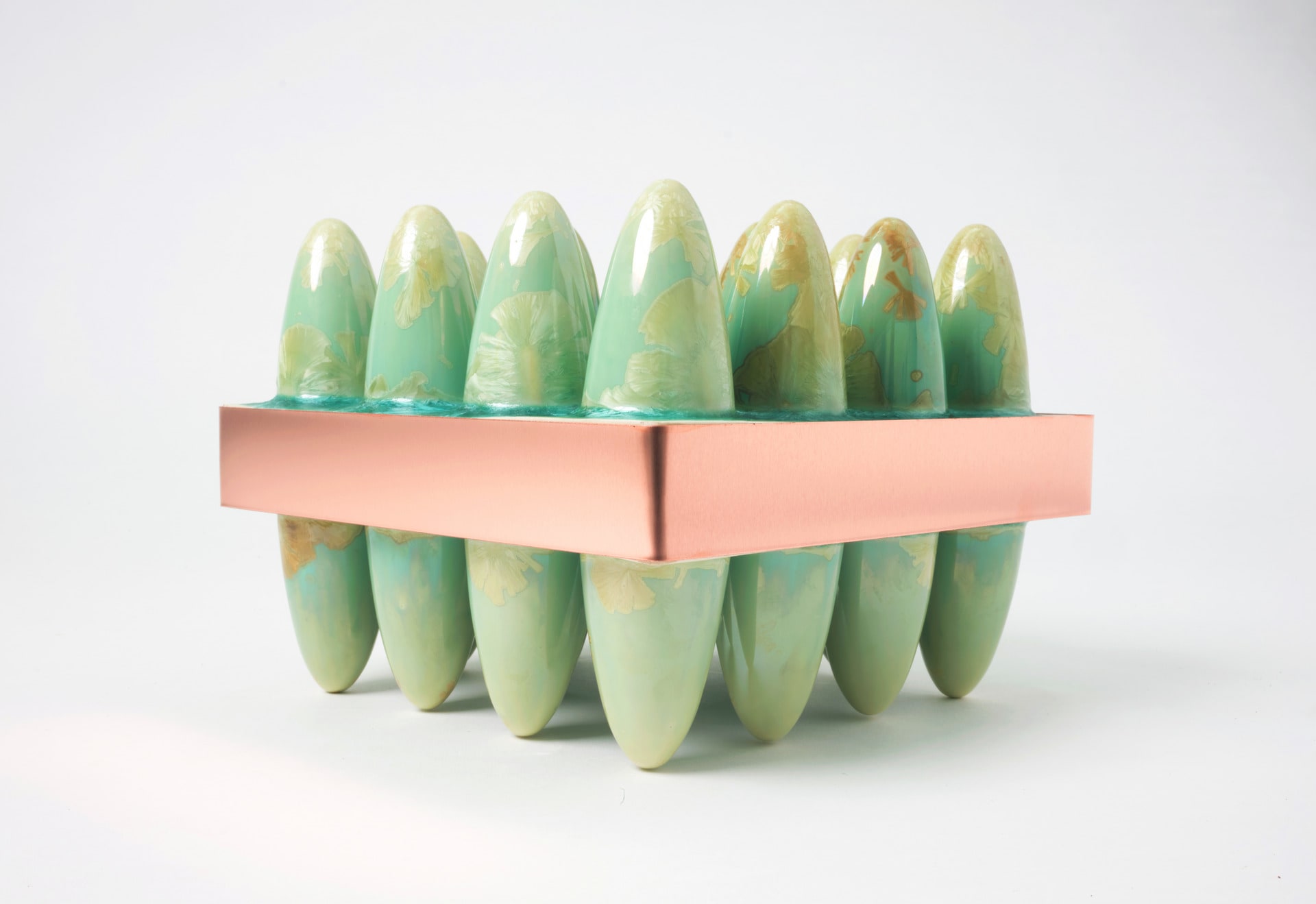Charly Blackburn is a ceramicist and material explorer seeking to reconnect people with the politics of mineral extraction. She does this by exploring themes of ecology, overconsumption and the pressures of our technological demands on the earth and its inhabitants.
Different temporalities in both material and social processes are driving forces in Blackburn’s ceramic art which ranges from the chaotic unpredictable forms of volcanic rock formations to exploratory drill core samples and the industrial precision of crystalline silicon wafer engineering.
By firing clay alongside other raw materials found within the Earth’s surface, Blackburn aims to discover new behaviours and chemical reactions which mirror the societal and ecological brutality of present and future mining practices.
Inside the ceramic kiln, chemical transformations occur and atomic structures are modified. The contrast between million year old geological concretions and momentary atomic bondings emphasise the fascinating characteristics of what we have learnt to accept as matter.
Her current body of work began with investigating the significance of faience, a sintered-quartz ceramic material, in ancient Egyptian pottery and its relation to copper and glass industries. Her research into polymetallic oxides and salt processes highlights the industrial effects on Nile delta mineral composition and the complex politics in the growing field of ocean floor mining.
--------------------------------------------------------------------------------------------------------------
‘The Diamond Chips Thought It Was Possible.’ Earth Eaters at Hoxton 253 Gallery. September 2020
The Art Institute of Chicago features collaborative work between Blackburn and artist Himali Singh Soin in Soin's project ‘Static Range’. December 2022

